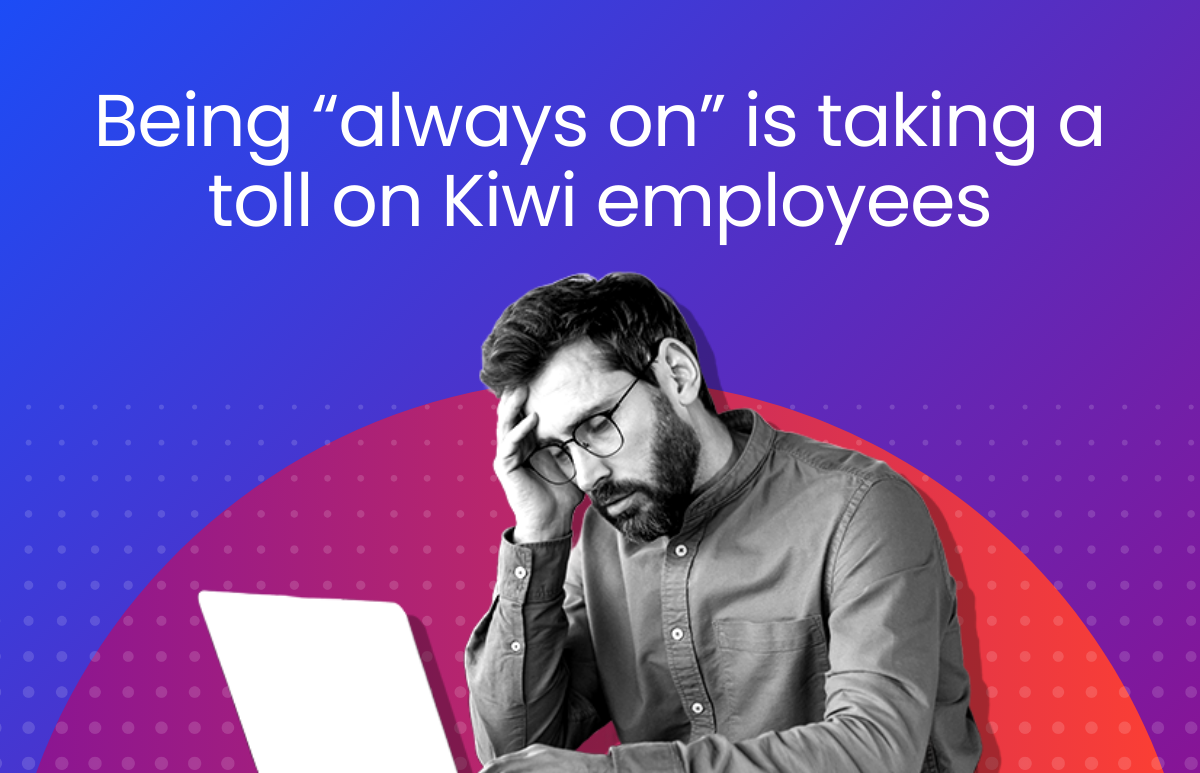5 Tips to Build Your Employer Brand

Your employer brand is the lifeblood of your business. It encompasses how people see your organisation, how they feel about your offering, and how they experience your business when they interact with – or work for – you.
Ultimately, how the public perceives your brand can make or break a business, and it doesn’t necessarily matter whether that perception is true or not. If people feel a certain way about your business they won’t be afraid to share it with the world. So how can you ensure your employer brand is powerful enough to attract top talent?
What is included in an employer brand?
There are various moving parts in an employer brand, and importantly you can control most of them – or at least have a positive influence on them. Your internal policies, existing programs, as well as any benefits and perks you may offer to employees are all part of how people perceive your employer brand.
Don’t have an employer branding strategy? That doesn’t mean you don’t have an employer brand. Even a start-up in its earliest phase has one, because it’s all about how others experience your brand when they interact with it.
The hyper-connectedness of modern society means people have greater insights into the minutiae of work and life than ever before. And with 86% of people saying they would never apply to work for – or continue to work with – a business with a bad reputation, you need to make sure your brand is a positive one.
5 Employer brand best practices to consider
1. Audit your company culture
Before you can project your ideal employer brand outwards, you must first look internally to develop the ideal employer brand strategy. A good place to start is to canvas your current employees and clients about their perceptions of the company:
- Online feedback: Jump online and scour social media for mentions of your business – whether it’s a customer leaving a review or a former employee talking about their experiences on LinkedIn.
- Employment sites: Sites like Glassdoor allow current and former staff to leave reviews for places where they have worked. Often they will include the pros and cons of the day-to-day business, but they may also include feedback on how the recruitment process works and what they would change about the workplace.
- Direct feedback: Depending on the depth of information you are looking for, you could survey your staff anonymously about their positive and negative opinions of the business. Alternatively, one-on-one meetings can give people an opportunity to make a positive contribution to the business by informing them how the employer brand strategy should be developed.
2. Review your hiring practices
You might not realise it, but your hiring practices have a major influence on your employer brand – from job posting to the recruitment process, to interviewing and hiring, to how you onboard new staff.
If you aren’t completely transparent with prospective employees about how this process is managed, you could drive them away from the business and contribute to a negative reputation in the industry. Instead, look to showcase your brand values, what you expect of applicants, and be there to support them throughout the entire hiring process from start to finish.
ELMO Recruitment helps users to build a smooth and streamlined hiring process. The intuitive Applicant Tracking System enables organisations to build candidate sourcing capability and refine recruitment workflows, screening questions and interview processes – all while promoting their employer brand to attract the world’s best talent.
3. Curate your Employee Value Proposition (EVP)
If you haven’t already crafted your EVP, you are missing out on the raft of benefits that come from providing the work perks your employees really want. Ultimately, your Employee Value Proposition is a document that outlines everything that is most important to your business, your operations, and the people working for your company. EVPs can be as scant or in-depth as you like, but you may want to include things like:
- Upskilling opportunities
- Remote and hybrid working arrangements
- Contributing factors to a comfortable work culture
- Frequency of social events
- Any additional leave days such as mental health leave or volunteering leave
- Policy on feedback and communication (e.g. open-door)
- Any unique perks your business offers (e.g. gift cards for hitting targets, free gym membership, etc.)
4. Set goals and strategies to achieve them
In order to achieve the best employer brand possible, you will need to set appropriate goals and put in place strategies to achieve them. Here are some questions you might want to ask yourself while developing your employer brand strategy:
- What should our employer brand say to people?
- How should prospective employees feel when they interact with our company?
- What are our key objectives for our employer brand, and which of them take precedence over others?
- What outcomes are we currently failing that we need to address? (e.g. broader skill set of employees, or a more diverse workforce.)
From these questions, you can start to develop specific goals that are unique to your business and will help you curate the right brand image.
After defining your goals, make sure you can track and measure them with relevant metrics, including:
- Awareness: How do your marketing and branding campaigns support your brand’s visibility? You’ll want to know how many eyes are on your brand as well as their opinion of it.
- Attraction: How attractive is your brand to prospective employees? The actual measurement could be around quantity (i.e. how many applications you receive for job ads) or quality (the relevant skillsets and competencies of applicants).
- Experience: How do people feel about your employer brand? You’ll want to know what candidates believe you are currently doing well and what you can improve on.
5. Create a feedback loop and fine-tune your employer brand strategy
Your employer brand strategy should not be a static document. On the contrary, it should be reviewed and updated regularly in order to adapt to changes in the industry. Getting insight from those within and outside of the business can help improve your employer brand. Whether it’s comments from previous employees or ideas from existing staff, having an open-door policy will create a continuous feedback loop to inform any necessary changes to your employer brand strategy.
Make sure you set regular intervals throughout the year – whether monthly, twice-yearly or annually – to analyse your employer brand strategy and use feedback to make smarter decisions about how the business should function. Without constant evolution, your employer brand can become stagnant and unattractive to the most talented candidates in your industry.
A positive employer brand will have exceptional flow-on effects across your entire business, so the best time to start curating it is right now. The good news is that technology is available to support your employer brand strategy.
Find out more about how ELMO Recruitment can help to strengthen your employer brand today.
ELMO Software is a cloud-based solution that helps thousands of organisations across Australia, New Zealand and the United Kingdom to effectively manage their people, process and pay. ELMO solutions span the entire employee lifecycle from ‘hire to retire’. They can be used together or stand-alone, and are configurable according to an organisation’s unique processes and workflows. Automate and streamline your operations to reduce costs, increase efficiency and bolster productivity. For further information, contact us.
 HR Core
HR Core 









